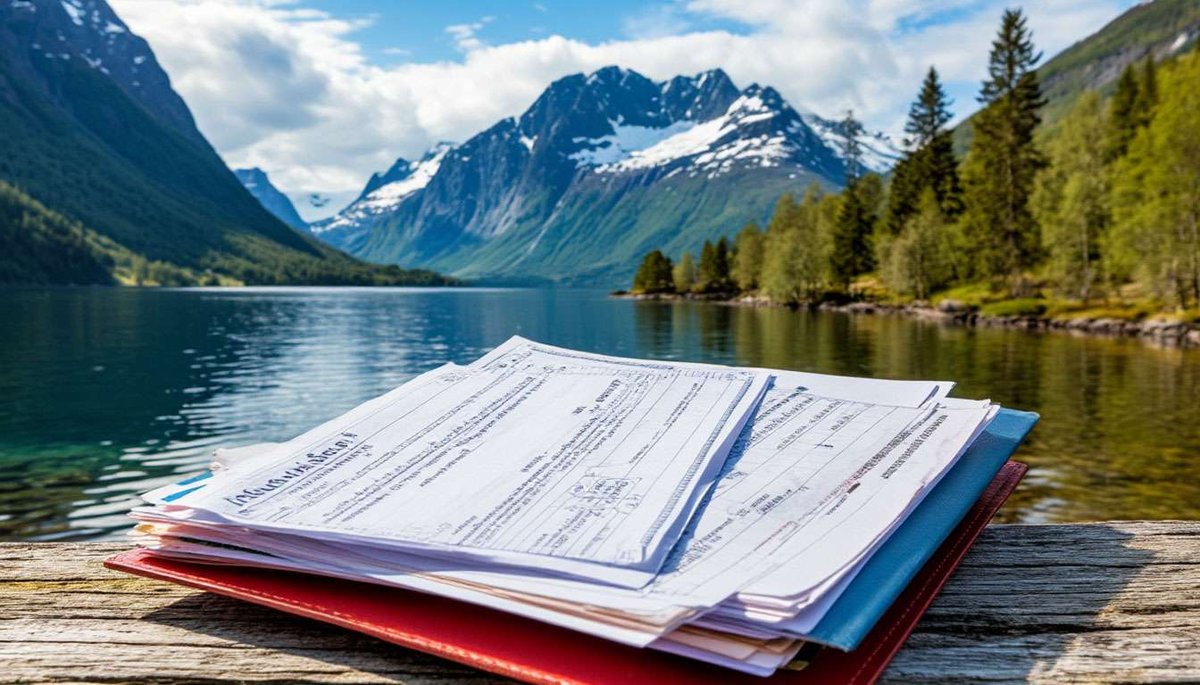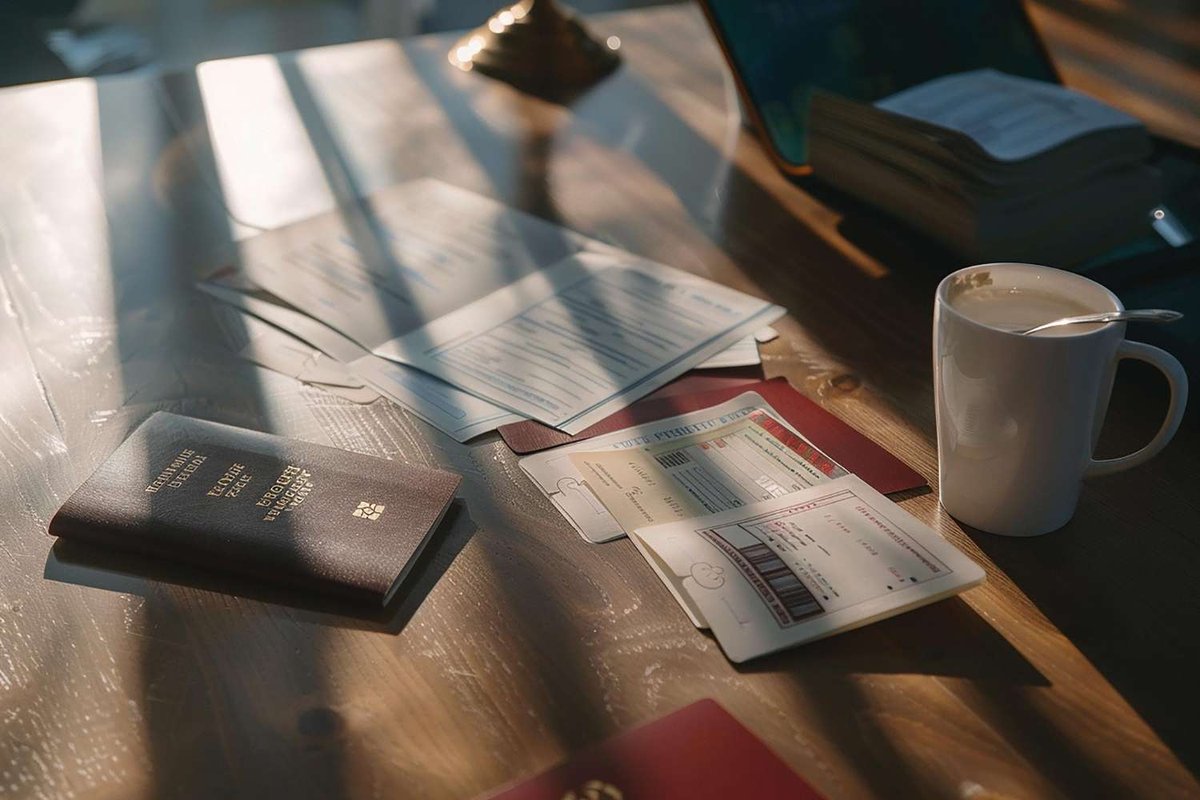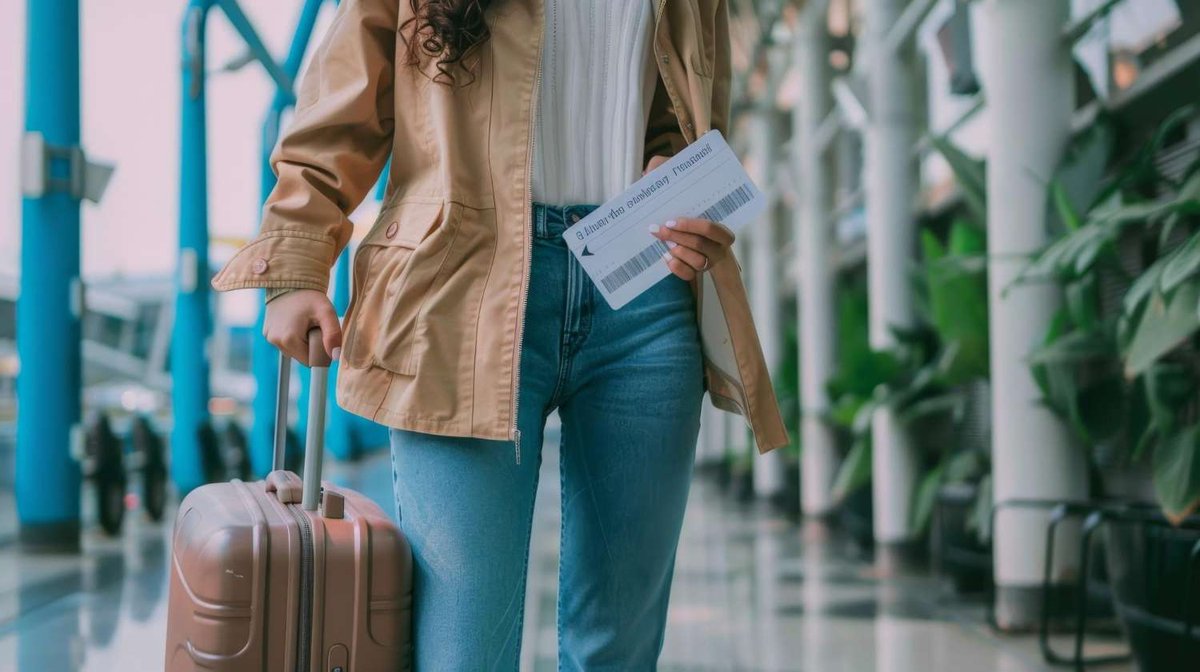📄What documents do tourists need to travel to Norway: visas, insurance and a checklist of important documents
Getting your documents in order is an important part of planning a trip to Norway. Missing a small detail can ruin your holiday: you may be denied entry to the country or detained at the border. To prevent this from happening, we have compiled a list of all the necessary documents and official requirements for a tourist trip to Norway. This article provides 10 detailed answers to the most important questions tourists ask (110–130 words each), with useful links to the sections ‘Useful tips for tourists’, ‘Medicine & insurance’, ‘Planning & budget’ and others.

❓10 FAQs about documents for travelling to Norway
1. Do I need a tourist visa to travel to Norway?
Norway is part of the Schengen Area, so citizens of non-EU countries such as Russia, Belarus, Ukraine and Kazakhstan require a Schengen type C (tourist) visa. To obtain it, you must submit a package of documents to the visa centre or the Norwegian embassy in advance. The processing time is about 15 working days, but it is better to submit your documents 3–4 weeks before your trip, especially during the high season. The visa allows you to stay in Norway and other Schengen countries for up to 90 days within a 180-day period. Citizens of EU countries and countries that have a visa waiver agreement with Norway (e.g. the United States, Canada, Australia) can enter without a visa for up to 90 days. For more information about visas, documents and the application process, please see the section ‘Useful tips for travellers’.
2. What documents are required to apply for a Schengen visa to Norway?
The following documents are required to apply for a Schengen visa:
- Passport (valid for at least 3 months after departure).
- Completed visa application form.
- Colour photo (3.5×4.5 cm, Schengen standard).
- Medical insurance with coverage of €30,000.
- Confirmation of accommodation booking (hotel, apartment or cabin).
- Return tickets (or booking).
- Financial documents (bank statement, employment certificate or sponsorship letter).
- The consulate may request additional documents, such as your itinerary, so please prepare it in advance. For a complete checklist and sample documents, see the ‘Useful tips for travellers’ section.
3. Do I need to prove my financial solvency when entering Norway?
Yes, when crossing the border, officials may ask tourists to prove that they have sufficient financial means to stay in Norway — approximately 500–600 NOK (about £50–60) per person per day. This is rarely done, but it is better to be prepared.
Bank statements, confirmation of paid accommodation, traveller's cheques or cash will be useful. You can also present a credit card with a statement showing your available balance. You can check the exact requirements for amounts and documents in the ‘Planning & Budget’ section.
4. Is it necessary to have medical insurance to travel to Norway?
Yes, medical insurance with coverage of €30,000 is a mandatory document for obtaining a Schengen visa and crossing the border. The insurance policy must be valid for the entire duration of the trip and cover all costs for emergency medical care, hospitalisation, treatment and repatriation. It is better to take out insurance with additional options (e.g. active leisure, skiing, hiking) if you are planning active activities. You can take out a policy online and print it out to present at the border and at the visa centre. For a detailed description of insurance companies, conditions and prices, see the section ‘Medicine & Insurance’.
5. What documents does a tourist need at the border when entering Norway?
At the border in Norway, present the following documents:
- Passport with a valid Schengen visa (if required).
- Return tickets or reservations.
- Medical insurance policy.
- Proof of accommodation (hotel, apartment or campsite reservation).
- Proof of financial solvency (bank statement, cash or credit card).
- It is best to have all documents printed out and translated into English. Border guards usually check documents quickly, but questions may arise if there are doubts about the purpose of the visit. For additional tips on crossing the border, see the section ‘Useful tips for tourists’.

6. What documents are required to rent a car in Norway?
To rent a car, you will need:
- Driving licence (national licence with English translation or international driving licence).
- Passport or EU ID card.
- Bank card for deposit (debit or credit).
- The driver must be at least 21 years old (sometimes 25 years old for premium cars). Be sure to check the requirements of the specific company in advance. For comprehensive advice on car rental, insurance and road tolls, see the section ‘Transport, roads, car rental’.
7. What documents are required to travel to Norway with pets?
If you are travelling with a pet, you will need:
- International veterinary passport.
- Microchipping of the animal (ISO microchip).
- Rabies vaccination, administered at least 21 days prior to entry.
- An EU veterinary certificate issued by a veterinarian 5 days before entering Norway.
- Dogs must also be treated for worms 24–120 hours before crossing the border. Detailed instructions for entering the country with animals can be found in the ‘Useful tips for tourists’ section.
8. Do I need a permit for fishing or hiking in national parks?
Sea fishing is free, no licence is required. For freshwater fishing (lakes, rivers), you need a licence (fiskekort), which can be easily purchased online or at tourist offices.
No permits are required for hiking and overnight stays in national parks; there is a right of free access to nature (Allemannsretten). However, be sure to follow the park and camping rules. For more information, see the section ‘Nature, national parks and outdoor activities’.
9. How should I store my documents while travelling in Norway?
Keep the originals of your documents separate from the copies. Make electronic copies of all documents and upload them to cloud storage or send them to yourself by email. Always carry your passport, insurance and tickets with you and leave the rest at your hotel.
Norway is safe, but be careful in crowded places. Recommendations for document safety can be found in the section ‘Safety, sustainable tourism and accessibility’.
10. What should I do if I lose my documents in Norway?
If you lose your passport or other documents, contact the police immediately and obtain a certificate. Then contact your consulate or embassy to arrange a temporary document to return home. Having electronic copies of your documents will help speed up the process. Contact details for consulates and advice on what to do in an emergency are detailed in the section ‘Medicine & Insurance’.

Careful preparation and proper documentation will make your trip to Norway easy and safe. Use our detailed checklist, arrange your visa, insurance and financial documents in advance, and your trip to the land of fjords will be as comfortable and enjoyable as possible.





1 comment
Log in to leave a comment